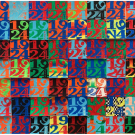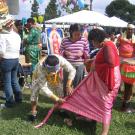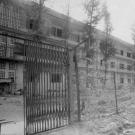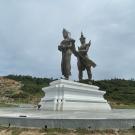1924 Indian Citizenship Act
HSS 11.5, HSS 11.5.1, HSS 12.2, HSS 12.2.6, W.9-10.2, W.9-10.4, RI.9-10.4, 7.VA:CR2.3, 7.VA:RE7.2This unit introduces the historical, cultural, and political impacts of the 1924 Indian Citizenship Act by examining how U.S. citizenship was extended to Native peoples and the ongoing struggle for sovereignty and civil rights that has followed. Through interactive activities, visual slides, primary source analysis, and student-led research, learners will build an understanding of Native identity, government policy, and resistance through an Indigenous perspective. The unit is structured into four flexible parts that can be taught across multiple days or as a condensed unit, depending on time and class pacing.






